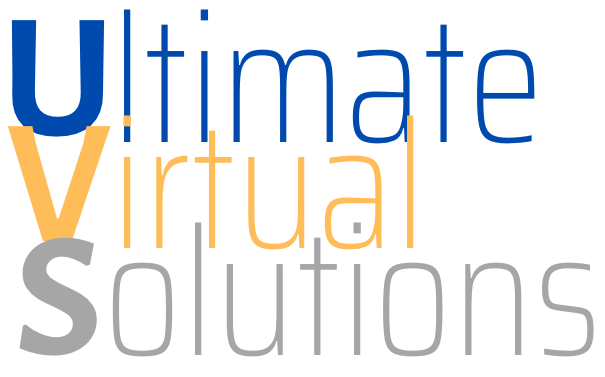Search engine optimization is very important to ensure that you bring plenty of traffic to your website and that your messages gets to the people you want to become your users and customers. Most people still use Google Search to find information. Google’s job is to give their users accurate search results that they’re thankful to receive and that are on the right topic.
What User-Centric SEO Means
If you’re using user-centric SEO, users will come to your site and see:
- Terminology They Use – Aside from industry jargon, your users should see terms for things that they’re most likely to use. You’re not your user, so words that you use might not be the same as the words they’ll use. You’ll need to conduct research to figure out for sure which words you have in common compared to the words you don’t have in common. You can still use other search terms, but the content on your site will be more readable if you use the terminology they use.
- Engagement Opportunities They Like – Some users love a lot of graphics, but search engines don’t. However, if your users like a graphically-rich interface, then you want the engagement opportunities you offer to be what they like. For example, some people hate it when the video plays automatically; how do your users feel about that?
- Educational Information Directed Toward Them – The content on your site needs to inform your users about the who, what, when, why and how of everything to do with your topic or niche. But, when you write the information you should be thinking of user groups. This means the different groups that use your website.
- Relevant Inbound Links – For SEO purposes you still need to get high-value inbound links. You can create these on social media, through guest blogging, writing and publishing a book and more. But, do it by pleasing your audience. Create information that the users will want to know, and which will make them click to your site.
- Products / Services They Need – Of course, when any user gets to your site they should know almost immediately what products or services you’re offering them and what problems they solve. Again, using their terminology, in addition, the terms that your clients will use.
- Relevant Internal Linking – A great way to offer your users relevant information is to include internal linking in the form of relevant articles, blog posts, and information that’s related to whatever they were reading before.
- Two Site Maps – Creating both an HTML site map that is understandable to your users plus an XML sitemap just for Google Search is important. You want to make things easy for Google, but you also want things to be understandable for your users.
- Finally, get social. Your users want to see you interact with others on social media. Using social media is a good off-page SEO tactic that can make a huge difference in your traffic if you plan it correctly. It’s imperative that you interact with your audience in a way that encourages clicking through to your site.
User-centric SEO is an important way to bring more traffic to your website, get more visitors, more users and more sales. Plus, it’s a much better way to come up with content in the first place because it makes everything about your users - which is as it should be.
Visit Bill Belew's Marketing Forum
Discover more from Ultimate Virtual Solutions
Subscribe to get the latest posts sent to your email.


One Response